
Black Friday campaigns are synonymous with flashy emails, dedicated site sections, and a surge in promotional activities. However, a growing narrative challenges the necessity of such Black Friday-specific strategies. Instead of focusing solely on tailored automations or creating site sections exclusively for the event, businesses can adopt a more holistic approach that leverages existing resources, customer data, and versatile campaign frameworks.
Black Friday based Email Marketing Campaigns?
Black Friday based email campaigns are a common factor among marketing operations by brands of all sizes across the world. As long as you create and navigate across each aspect properly, email campaigns may be a terrific method to expand your company, drive traffic and boost revenue. You may establish trustworthy relationships with your readers and maintain their interest in your material with effective email marketing. Additionally, email campaigns make it simple to gather subscriber data so you can determine what is and is not effective.
The main goals from creating marketing campaigns include:
- Convert leads to loyal customers
- Build credibility as a business
- Nurture customers through buying process
- Encourage leads to take actions
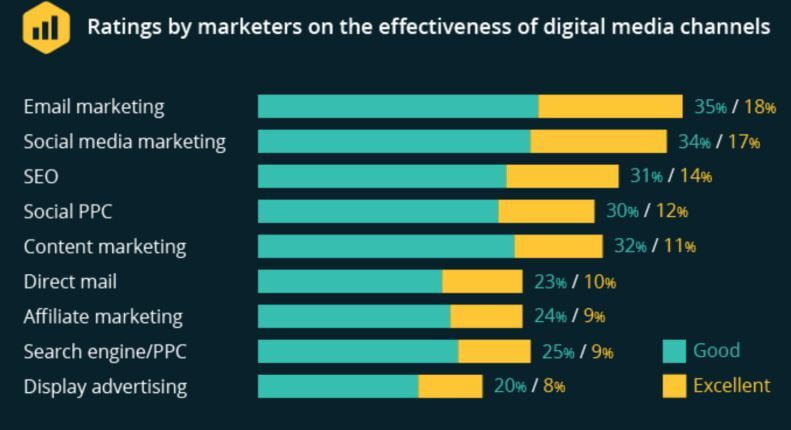
Why Dedicated Email Automations and Site Sections May Not Be Critical?
1. Audience Saturation
- Black Friday inboxes are overcrowded with offers. Adding to the noise without differentiation can dilute impact.
- Consumers already expect discounts; an overemphasis on specific automations could reduce authenticity.
2. Cost of Development
- Creating dedicated site sections and email automations demands resources that could be better allocated to improving the overall customer journey.
- For businesses with constrained budgets, optimizing existing setups can yield higher ROI.
3. Long-Term Irrelevance
- Black Friday campaigns are short-lived. Dedicated sections and workflows might lack utility after the event.
- Reusable, adaptable frameworks provide more sustainable growth opportunities.
4. Customer Behavior Shifts
- Increasingly, customers prioritize early deals and year-round value over one-day discounts.
- A strategy focusing on broader value propositions aligns better with these preferences.
Types of Email Marketing Campaigns
Welcome Emails: Welcome emails are rather simple. After someone subscribes to your mailing list, you send them a thank-you note, explain what to expect from them, and perhaps even offer them an incentive. The nature of what you're providing will determine which components you include in a welcome email. However, in general, you can use the email to highlight the value that readers might anticipate receiving and to show off the personality of your company. The welcome email is a wonderful spot to go through how everything works and what consumers need do to get started if you're introducing new users to a product or service. Most welcome emails include a 'Thank You' for signing up, a call to action, and additional information about products/services you will be providing.
Product/Service Feedback: Any product or service may be improved with the right feedback. However, it takes a lot more effort than you might imagine to get people to submit their opinions. Email is a fantastic technique to distribute surveys for constructive criticism. Feedback is crucial for product development, but it also lets your customers know that you value their opinions, which can increase engagement. Our advice is to make your product feedback communications informal and steer clear from questions that are overly specific or technical.
Nurturing Emails: Lead nurturing emails are made up of a closely related series of emails with relevant, useful content. Through the marketing funnel, these emails are utilized to develop leads into sales-ready prospects. Consider the scenario when you sent an email with a marketing offer to your list. After that, you could set up a lead nurturing procedure to send everyone who converted on the initial offer another email with a complementary resource or incentive. You can follow up with more pertinent and tailored material that will increase the likelihood that the targeted group of leads will continue their engagement with you.
Newsletters: Newsletters are among the most often used email marketing campaign kinds. If you have blogs on your website, you're likely to send a number of newsletters with your content. You can obtain more repeat visitors by using newsletters to let everyone know what they're missing.
Strategies for Black Friday Campaigns
1. Enhance Existing Automations
Instead of creating new workflows, optimize and adapt existing ones to incorporate Black Friday offers.
Example:
- Update standard post-purchase emails with Black Friday upsell opportunities.
- Incorporate countdown timers into existing reminder emails.
| Scenario | Traditional Approach | Optimized Approach |
|---|---|---|
| Post-purchase follow-up | Create new workflow for Black Friday upsell | Modify existing email with limited-time Black Friday offer. |
| Cart abandonment recovery | Launch a new Black Friday sequence | Add urgency elements (e.g., countdown timer) to standard workflow. |
2. Leverage Dynamic Content
Use dynamic content to tailor existing site sections or emails without building new infrastructure.
Benefits:
- Personalizes user experience without extra development.
- Allows seamless updates across platforms.
Example:
A homepage banner that dynamically changes to display Black Friday offers based on user location or browsing history.
| Tool | Use Case | Example |
|---|---|---|
| Zoho Campaigns | Dynamic email content | Display personalized deals for repeat customers. |
| Zoho Sites | Conditional site banners | Show Black Friday deals to specific geographies. |
3. Focus on Pre-Black Friday Engagement
Rather than overemphasizing Black Friday itself, build anticipation through pre-event campaigns.
Steps:
- Use early-bird signups for exclusive deals.
- Offer tiered discounts that reward early purchases.
- Engage through social platforms for gamified interactions (e.g., spin-the-wheel offers).
Benefits:
- Reduces reliance on one-day performance.
- Spreads revenue across a broader period.
4. Centralize Campaign Efforts
Instead of creating isolated sections or workflows, centralize offers into existing platforms.
Example:
- Use existing product pages with highlighted discounts instead of building a new Black Friday landing page.
- Create a site-wide filter for discounted items instead of a separate page.
| Aspect | Black Friday Specific | Integrated Alternative |
|---|---|---|
| Deal display | New landing page | Highlight discounts on existing product pages. |
| Customer communication | Black Friday-only emails | Modify standard campaigns to include Black Friday messaging. |
Solution Walkthrough Using Zoho Tools
1. Zoho Campaigns for Optimized Messaging
- Create automated workflows that adapt existing campaigns for Black Friday promotions.
- Use A/B testing to determine the most effective subject lines and content.
- Incorporate dynamic blocks to highlight offers based on recipient history.
2. Zoho Sites for Enhanced Site Experience
- Replace dedicated site sections with customizable banners.
- Enable filters to make discounted products easily discoverable.
- Use heatmaps to analyze user interaction and refine the display.
3. Zoho Analytics for Data-Driven Insights
- Monitor the performance of Black Friday campaigns in real-time.
- Use pre-built dashboards to identify bottlenecks or underperforming segments.
- Assess trends to inform adjustments during the campaign window.
How Lifecycle Messaging Automations Add Value?
1. Building Anticipation
- Automated countdowns in emails to generate excitement.
- Personalized notifications for early-bird subscribers.
2. Post-Purchase Engagement
- Automate thank-you emails with upsell or cross-sell opportunities.
- Use loyalty messaging to encourage repeat purchases during Cyber Week.
3. Win-Back Campaigns
- Target dormant customers with exclusive Black Friday incentives.
- Leverage behavioral triggers to identify and re-engage potential buyers.
| Lifecycle Stage | Message Type | Example |
|---|---|---|
| Pre-event | Early bird signup | "Be the first to know—sign up for exclusive deals!" |
| Active campaign | Flash deal reminders | "Hurry! Only 2 hours left for 50% off on top items." |
| Post-event | Loyalty rewards | "Enjoy an extra 10% off as a thank-you for shopping!" |
Comparison: Black Friday-Specific vs. Holistic Strategies
| Aspect | Black Friday-Specific | Holistic Approach |
|---|---|---|
| Resource Allocation | High (new workflows, site sections) | Low (reusable frameworks, minor tweaks) |
| Customer Reach | Limited to the event | Extended beyond Black Friday |
| Long-Term Value | Short-lived | Sustainable |
| ROI Potential | Lower due to high costs | Higher with optimized investments |
Best Practices for Black Friday Campaigns
Use Existing Infrastructure
- Modify current workflows instead of creating new ones.
- Update site layouts with temporary but impactful banners.
Segment Your Audience
- Tailor messaging for loyal customers, dormant clients, and new visitors.
Prioritize Post-Event Engagement
- Extend the campaign into Cyber Week with seamless transitions.
Analyze and Iterate
- Use tools like Zoho Analytics to track performance and improve in real time.
Benefits
High ROI: According to a survey conducted by Litmus, email marketing has an average ROI of $36 for every $1 spent. Every year, consumers continue to interact with brands through email marketing. About 350 million people are predicted to be email users by 2024. As more people register for email addresses and routinely use them, they begin to use this channel of contact to stay in touch with their preferred brands as well. When it comes to revenue growth, the quantity of new email users is not the only aspect that contributes to a high email marketing ROI. Digital marketing strategies are most importantly affordable which is why it has a high ROI.
Target Lead Segments: Utilizing information about your email subscribers can enable you to design focused campaigns when using email marketing. One way to make your content more unique is by utilizing the subscriber's first name in your email. According to research, using a subscriber's first name in the subject line can boost email openings by up to 26%. As your email list expands and you gain experience with email marketing, you can divide your audience into groups according to factors like age, income level, gender, or length of time as a customer.
Save time and money: Most business owners are short on cash and time; fortunately, email marketing is inexpensive and simple to automate.
Improve relationships with customers: The goal of marketing is to provide value to customers and demonstrate your target market how to move your organization forward. When someone subscribes to your email list, you have the chance to give them helpful, pertinent information. Your clients shouldn't be solicited for purchases in every email you send to them. Your emails should add something useful. Your consumers will look forward to hearing from you each week if you can show them the value you offer them. Resources full of information that can compliment and help your customers can substitute for an incentive. You could, for instance, write an email with a link to a recent blog entry you wrote. It's important to include links to your social media accounts in your emails and invite readers to follow you there. This increases your credibility with your audience, and if one of your emails builds curiosity, they can quickly find out more about your products or services by clicking on the links to your social media accounts.
Why do Black Friday Campaigns Fail?
1) Poor Segmentation
Sending all of your email subscribers the exact same message is a big mistake. Instead, you need to be sending your subscribers various messages based on their behavior, their familiarity with your services, or any other characteristic that is appropriate for your industry and target market. Segmented email lists can be used for targeted and personalized campaigns, and this could boost your marketing ROI. Your email subscribers will start to trust your brand and be more willing to make purchases if you provide them email content that specifically answers their problems and worries.
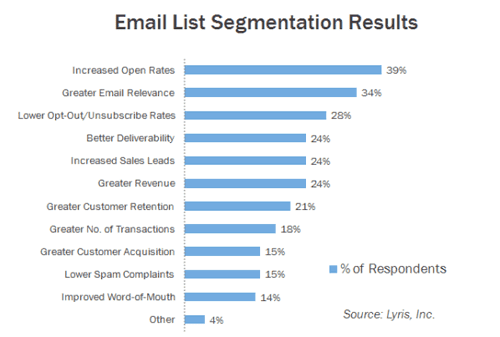
2) Weak Subject Lines
There is no way that everyone can open and read all of the hundreds of emails that they receive each day. However, they will see every subject line. Emails with bad or overused subject lines are much less likely to be opened. According to a study on digital marketing, simply changing the subject lines of your emails can increase open rates. Your email's subject line will have a direct impact on how many people open it. Therefore, it must pique the reader's interest and persuade them to open the email.
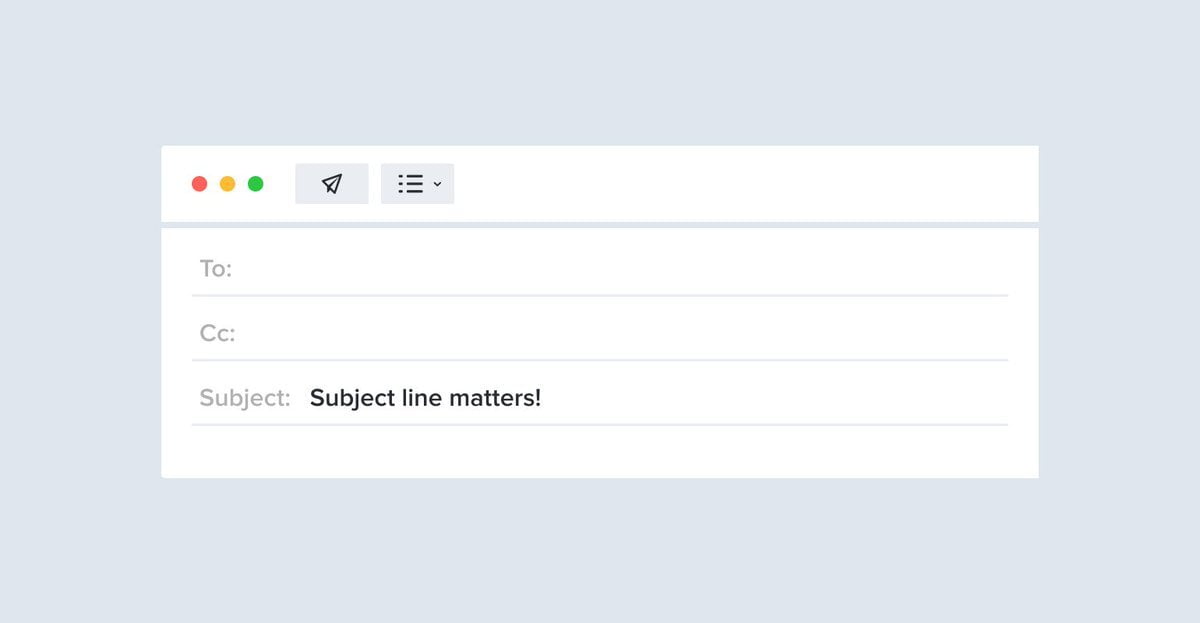
3) Sending too many emails
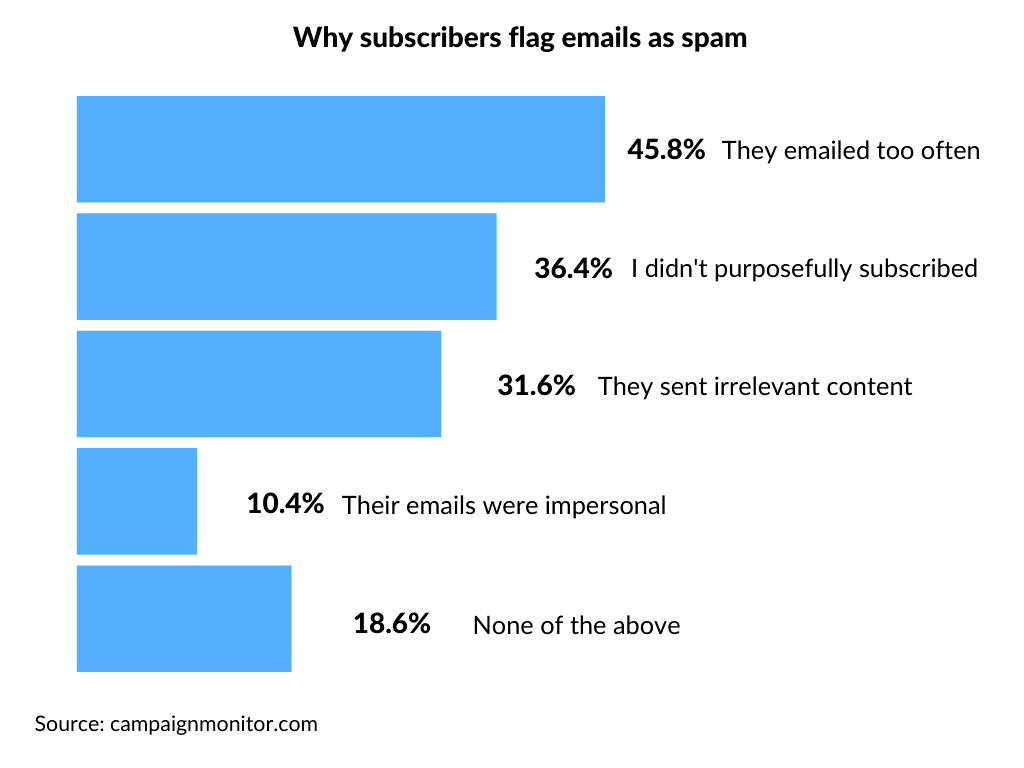
4) No Call to Action (CTA)
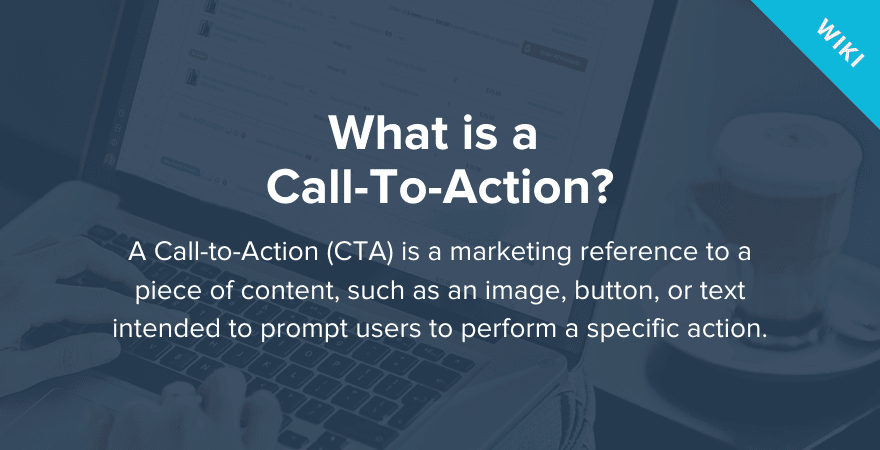
5) No Brand Identity

6) Low Value Emails
7) Personalization is not priority
Your conversion rate may suffer if you don't customize your emails for your subscribers. According to studies, more than 70% of consumers anticipate personalized information and offers from brands. Organizations should make an effort to comprehend the customers' particular objectives, difficulties, and barriers. I advise dividing up your audience into interest-based groups. Sending out feedback forms, engaging with your audience on social media, and analyzing your website analytics are good places to start. Create email campaigns that are tailored to your subscribers' interests after you've divided them up into groups.
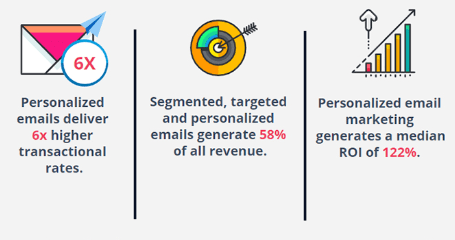
8) Emails not optimized for mobile
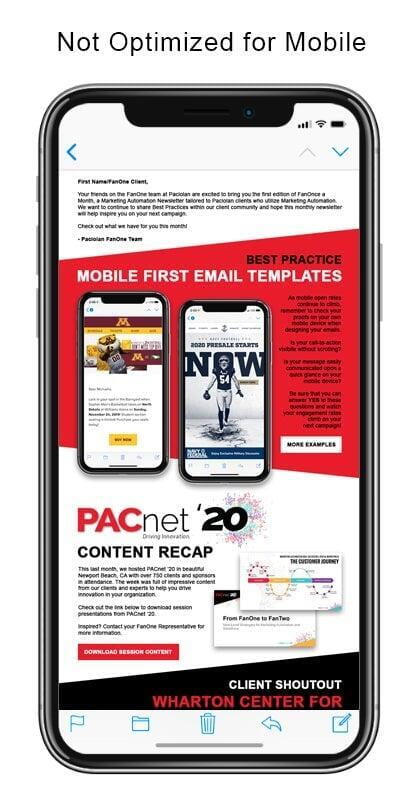
9) Outdated Email List
10) No Use of Email Automation
A well-designed email campaign is a critical component of forming strong customer relationships. Your email campaign can be perfected to achieve your goals by having a defined schedule, objective, plan, and strategy. But you can't do this manually, especially if you're already overloaded with other projects and obligations. Using email marketing software to manage your email outreach is like having an extra pair of hands. Your emails can be configured on the front end with triggers that will send them based on specific website actions your subscribers take. Nothing compares to the comfort it brings to know that your members are getting the information and nurturing they require to help them get closer to making the appropriate purchases.
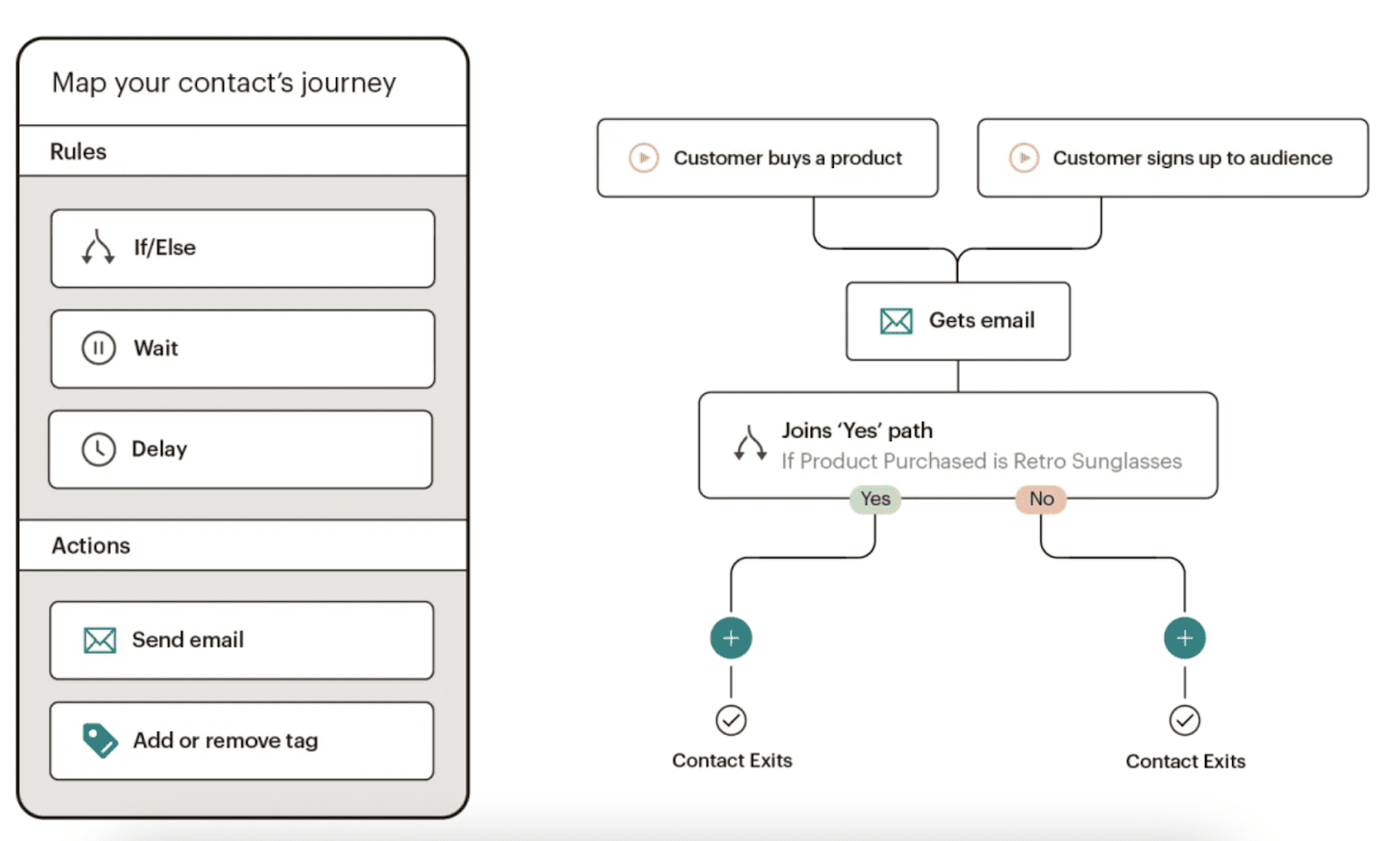
Statistics about Email Automations an Campaigns
- 4 billion daily email users
- 64% of small businesses use email marketing to reach customers.
- The average email open rate is 19.7% while the average open rate for welcome emails is 68.6%
- The most effective strategies for email marketing campaigns are subscriber segmentation (78%), message personalization (72%), and email automation campaigns (71%).
- Globally, Fridays see the highest email open rates (nearly 19%), compared to the lowest open rates (17%) on Saturdays
- The most effective email subject lines engage curiosity, include promotional offers, and are personalized to each recipient's interests.
Strategies to Increase Sales
Personalize Messages: Without a question, email customization is a fantastic strategy that has been shown to provide wonderful advantages for your mail efforts. According to Invesp, personalized promotional mailings offer 29% higher unique open rates and 41% higher unique click rates than non-personalized mailings. According to an Epson study, 80% of consumers are more inclined to make a purchase from a company that offers a tailored experience. Although it's nice to become more familiar with your customers, you must be careful not to go too far. Utilizing names excessively can only make you appear odd to customers and harm your reputation.
Keep your subjects line short: 47% of email readers just read the subject line before opening the message, while tailored emails have a 22% higher opening rate. This demonstrates how crucial subject lines are to the success of your email marketing campaign. However, data indicate that you should also pay attention to the quantity of characters utilized, in addition to the substance. In actuality, emails with subject lines of 6 to 10 words have the highest open rates. Another fact that works to your advantage is the 22% increase in open rates for subject lines that convey urgency or exclusivity.
Schedule Time for Email Sending: When it comes to your email marketing' success percentage, timing is essential. By choosing the time carefully, you can boost your open and click-through rates, which is something you undoubtedly want to do. Another justification is that devoted users might wish to interact with your content. With that in mind, you ought to make use of all the resources at your disposal to ascertain when would be ideal for them. There isn't a single best moment to send. The kind of business you run is another important issue to take into account here. Currently, 51% of businesses employ automation, which is understandable given that there are a plethora of marketing automation solutions available to assist you in doing sophisticated multivariate testing to determine the best time to communicate with your audience. As a result, your company will save a ton of time and money, and you can concentrate on the key components of your email marketing campaign.
Segment Contacts: By segmenting your email lists, you may communicate with your users more effectively and directly. They receive the appropriate information at the appropriate time. Your contacts can certainly be on different stages in your sales cycle, so it's important to segment your content based on the various stages in your sales process. Not all your buyers are going to act the same or have the same personalities; however, by dividing customers into various segments, your email reputation will improve and you'll achieve better results.


